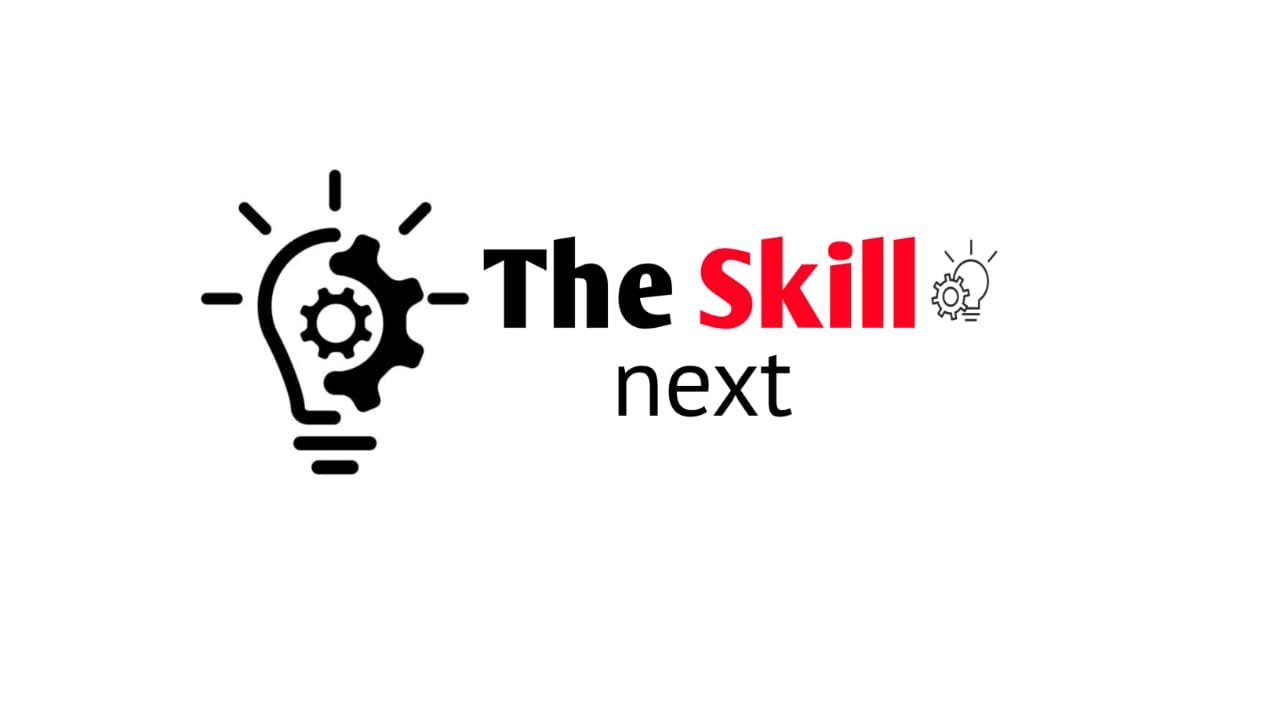



Remote work in 2024 has been even more popular due to improvement in technology and the world’s culture that has embraced it. Since more corporations have adopted semi-structured remote work policies, the selection of application for teamwork is even more important. In this in-depth analysis, we explore the best software applications that can be used to transform virtual teams’ communication and productivity.
The role of communication by the teams During the process of executing their work, teams are known to engage in communication in their quest to deliver their work Successfully The Pinnacle of Team Communication
Overview: Slack also continues being one of the most widely used tools for real-time communication and work collaboration. Due to its simplicity and number of features, it’s an indispensable tool in team communication, especially for remote workers.
Key Features:
Channels and Direct Messaging: Group the conversations based on relevance to certain topic or project.
Integrations: The tools by which you can connect include, Google Drive, Trello, and Zoom among others.
Search Functionality: Easy access of previous messages and the files that were exchanged.
Pros:
Customizable notifications
Robust integration ecosystem
User-friendly design
Cons:
However, can become cumbersome especially when the number of messages received is very high.
It may be expensive in case of organizing a team that is of a large group of individuals
Ideal For: Large Teams that require a link that offers manageable tailor made incorporation with an extensive selection of options for access and permissions.
Overview: Chat: A broad range of solutions based on the MS Teams platform has a set of built-in tools for instant chat, video conferences, and document sharing that is compatible with MS 365.
Team Channels: Group all discussions/customs and files in a project/department format.
Meeting Scheduling: Ability to integrate it with outlook so that I do not have to schedule meetings manually.
File Collaboration: Editing, with apps on office in realtime.
Pros:
Integrated with Microsoft 365
Advanced security features
Extensive collaborative tools
Cons:
However, this can be confusing especially to new users of the Interface.
Full functionality of this tool is available only for users who have Microsoft 365 subscription.
Ideal For: Businesses that are already adopting Microsoft 365 products or the companies that require an all-in-one package.
Overview: There are many project management and task tracking tools available, nonetheless Asana is quite good at what it does, and offers the necessary tools for remote teams to have a handle on their projects.
Task and Project Tracking: Organise tasks and deadlines on the boards, such as Kanban boards and Gantt charts.
Collaboration: Provide direct commentary on the tasks and even associate files with the tasks.
Integrations: To connect suitable tools with the relevant cloud services, use Slack, Dropbox or Google Drive applications.
Pros:
Highly visual task management
Strong reporting and analytics
Flexible project views
Cons:
Some of the features were locked in the free version and virtually there were no many advanced tools to be found in the free version.
It is not efficient when it comes to simple tasks and can be rather overwhelming.
Ideal For: Projects that require rigorous management of tasks and projects and the tracking of such to their completion.
Overview: Protecting virtual communication, Zoom is one of the main symbols of video calls, webinars, and meetings.
HD Video and Audio: Clarity.
Breakout Rooms: Encourage group discussions with the members during meetings.
Recording: Preserve the meetings for further use that may encompass a signification of the results.
Pros:
High-quality video and audio
Mobile, PC and laptop compatible and very easy to join a meeting.
Extensive meeting features
Cons:
Some of the security issues that were sounded in the past that have been resolved to some extent
May be expensive when some of the features are added
Ideal For: Teams that need to have high quality video conferences or virtual meetings at their workplace.
It has defined features making it simple and visual thus enabling a proper management of the tasks.
Overview: Trello is specifically designed to be simple and meanwhile visual to manage tasks and work, which has been favourite among many remote teams.
Boards and Cards: To do list where you can see it and rearrange different tasks and projects in a more suitable way.
Power-Ups: Make it more useful with integrations and enhancement features.
Collaboration: Communicate and send tasks with due dates and also give comments.
Pros:
Intuitive and visual interface
Operating and usage of the media is flexible and not complex.
However, it is possible to find the free version with a limited number of features.
Cons:
Few extra attributes which are only available with Power-Ups
May not be effective when used on large scale projects
Ideal For: Teams in search of basic and graphical interface for their tasks or projects to be accomplished.
Overview: Notion is a multi-purpose app to create notes, projects and use it as a database which makes it suitable for remote working.
Customizable Workspaces: Build your databases and notes, as well as setting up your project boards.
Templates: Most of them usually come with templates that the users can apply directly or develop their own templates.
Collaboration: Engage in collaborative working using multi user documents and projects.
Pros:
Highly customizable
All-in-one solution
Collaborative features
Cons:
Slope of the first phase of the adoption process for first time users
It can be rather cumbersome when it comes to implementing.
Ideal For: Teams that require a dual function space where notes are taken, tasks are assigned and projects managed.




